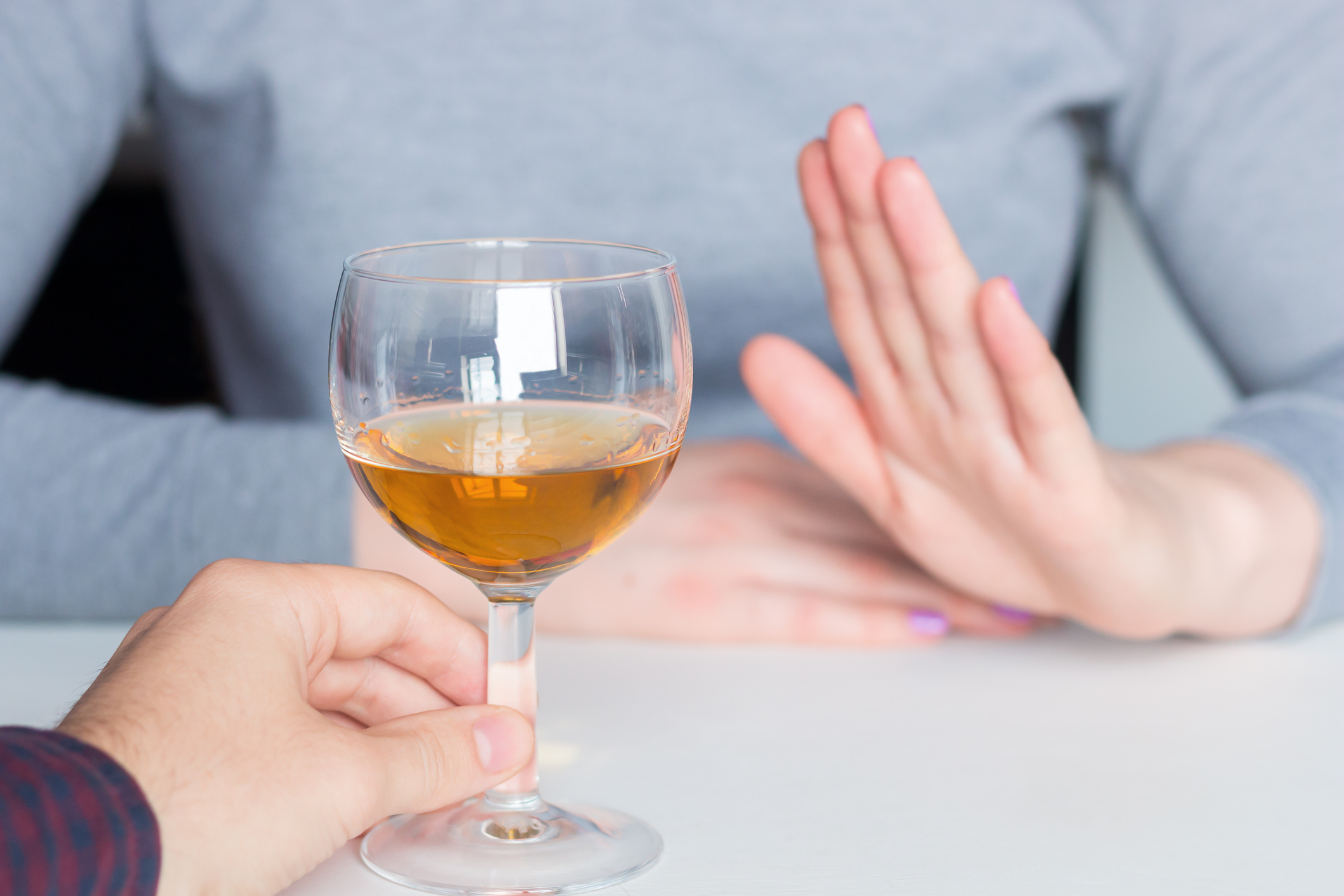Workplace drinking is on the rise in the United States, posing serious risks to companies, employees, and society as a whole. Alcohol abuse at work leads to billions of dollars lost every year due to reduced productivity, absenteeism, workplace accidents, and long-term health issues.
Workplace Alcohol Statistics in the US
According to the National Institute on Alcohol Abuse and Alcoholism (NIAAA), the Substance Abuse and Mental Health Services Administration (SAMHSA), and research from the University at Buffalo, alcohol consumption during work hours is a growing issue:
- 8.7% of full-time US employees engage in heavy drinking.
- 15% of American workers (around 19.2 million people) admit to drinking at work or struggling with alcoholism.
- Alcohol use at work varies significantly by industry:
- Mining: 17% of workers are heavy drinkers.
- Construction: 16.5%
- Food services & hospitality: 11.8%
- Entertainment, arts, & recreation: 11.5%
High-stress and physically demanding industries tend to show higher rates of workplace alcohol abuse.
Why Do Employees Drink Alcohol at Work?
Several cultural, psychological, and professional factors contribute to workplace drinking:
- Workplace drinking culture – Historically, alcohol has been part of some workplace traditions in the US, where peer pressure can normalize heavy drinking.
- Media influence – Movies, TV shows, and music often glamorize drinking at work, portraying it as a sign of creativity or success.
- Coping with stress – Many employees wrongly believe alcohol helps manage workplace stress or boosts productivity.
- Business networking – Alcohol is often present at meetings, client dinners, and social events, sometimes leading to dependency.
- Celebration rituals – Casual after-work drinks can easily turn into daily habits that increase addiction risk.
Consequences of Workplace Alcohol Abuse
The impact of alcohol at work is severe, affecting individuals, teams, and companies:
- Absenteeism – Hangovers and alcohol-related health issues increase sick days and reduce reliability.
- Health problems – Long-term drinking leads to anxiety, depression, liver disease, and brain damage, all of which affect job performance.
- Workplace accidents – 11% of fatal workplace accidents involve alcohol, and 16% of injured workers in emergency rooms test positive for alcohol use.
- Toxic work environment – Alcohol abuse fosters aggression, isolation, and poor collaboration.
- Company reputation – Intoxicated employees can damage client relationships and public perception.
Legal Aspects: Drinking at Work in the US
- Is drinking at work legal? – Most companies prohibit alcohol consumption during working hours.
- ADA protection – Alcoholism is recognized as a disability under the Americans with Disabilities Act (ADA). Employees may be entitled to rehabilitation without losing their job.
- Termination – Workers cannot be fired solely for being alcohol-dependent, but they can be dismissed if drinking interferes with job performance or violates workplace policies.
- Workplace injuries – If an employee is injured on the job while intoxicated, they typically cannot claim workers’ compensation.
Signs of Alcoholism in the Workplace
Recognizing alcohol addiction early can prevent bigger problems. Warning signs include:
- Performance issues: missed deadlines, lower productivity, poor creativity.
- Behavioral signs: irritability, defensiveness about drinking, frequent drowsiness, red eyes, unstable walking.
- Attendance issues: lateness, frequent absences, leaving early to drink.
How to Address Workplace Alcohol Problems
If you suspect a co-worker, employee, or manager is struggling with alcohol at work:
- Express concern directly and explain the risks to their career and health.
- Encourage them to seek help through rehab centers, support groups, or Employee Assistance Programs (EAPs).
- Involve HR if necessary—especially if workplace safety is compromised.
- Avoid covering up for an alcoholic co-worker, as it may endanger others.
Responsible Drinking Tips for Professionals
For workplaces where alcohol is occasionally permitted (e.g., corporate events):
- Stick to one type of drink (preferably beer or wine).
- Always eat while drinking to slow absorption.
- Avoid sugary mixers and sodas that accelerate intoxication.
- Drink water between alcoholic beverages.
- Never treat drinking as a competition.
Treating Alcoholism: A Path to Recovery
Alcoholism in the workplace is a serious but treatable condition. Professional rehabilitation, therapy, and ongoing support can help employees regain control of their health and careers. Companies also benefit from healthier, more productive, and safer work environments when they address alcohol addiction proactively.
